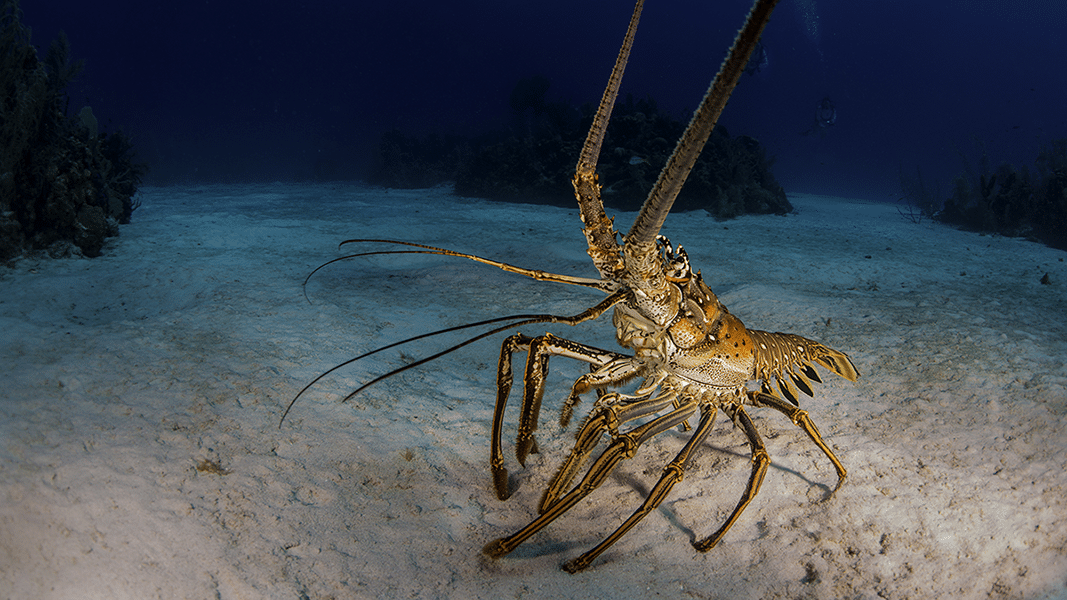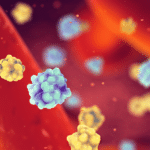Scientists use a variety of methods to study the endocannabinoid system (ECS), including animal research. After all, the ECS is present throughout the animal kingdom, the only exceptions being Protozoa (single-celled organisms) and insects.1 And while most animal research into ECS function involves mice, scientists have also studied cannabinoids and their receptors in cats2 and dogs3 – research that could potentially benefit both humans and their pets – and in less obvious species like sea urchins and sea squirts,4 zebrafish,5 and zebra finches,6 but not zebras as of yet.
One key advantage to using mice and rats in biomedical research is that over the years biologists have developed common behavioral and physiological analogues in these species of innumerable human health conditions and diseases, from depression to diabetes. These murine models allow researchers to more easily investigate the etiology, or root cause, of these conditions in humans, and to test and compare treatments and interventions for them – for example, by targeting the endocannabinoid system.
But there are also drawbacks and limitations to mammalian research that have led scientists in various fields to continue exploring other animal models. In cannabinoid science, recently published studies have involved not only zebrafish but also lobsters and, interestingly enough, tobacco hornworm caterpillars, which lack CB1 and CB2 cannabinoid receptors.
Zebrafish
A freshwater minnow native to Southeast Asia with narrow black and white stripes running the length of its body, the zebrafish has served as an important tool in human health research since the 1980s – particularly for the screening of novel drugs and environmental pollutants. The tiny fish develops rapidly, reproduces abundantly, and is hardy and easy to care for, but also shares important organs, tissues, and genetics with humans.7 Today, zebrafish are the most commonly used non-mammalian animal model in toxicology, pharmacology, and behavioral neuroscience research8,9 – including both psychedelic10,11 and cannabinoid science.
On the latter front, a recently published paper from researchers in Brazil and England reviews what is known about the zebrafish endocannabinoid system and its potential to support the study of cannabis effects in humans.12 Published in the journal Laboratory Animal Research in February 2022, the article concludes that the zebrafish model offers numerous strengths in cannabinoid research, including many similarities to the human system; an embryonic stage that reduces the need for in vivo (in live animal) tests, according to international ethical regulations; and the opportunity to conduct studies in less time and at lower cost.
Two additional recent studies illustrate its use in the field. One published by a team of Italian researchers in Pharmaceuticals in November 2021 found that a full-spectrum cannabis extract was not toxic to zebrafish larvae, did not affect embryo development and survival, and increased embryo locomotion at high doses.13
In another, published in Developmental Neuroscience last month, researchers with the University of Alberta observed the expression of six key receptors that endocannabinoids bind to – CB1, CB2, TRPV1, TRPA1A, TRPA1B, and GPR55 – in developing zebrafish embryos across a timeline roughly equivalent to the first two to ten weeks of human embryonic development. “This work aims to serve as a foundation for further investigation on the role of cannabinoid and cannabinoid-interacting receptors in early embryonic development,” the authors write.
Lobster
Here’s an interesting one out of the esteemed University of California, San Diego, Scripps Research Institute. “Despite a long history of use in synaptic physiology, the lobster has been a neglected model for behavioral pharmacology,” the authors write. So where to start? Perhaps by evaluating a Maine restaurateur’s somewhat infamous 2018 claim that cannabis smoke could ease lobsters’ suffering. As explained in a June 2021 article in the Portland (Maine) Press Herald, the UCSD researchers decided to put this to the test by first determining if lobster gill respiration in air would result in significant THC uptake, and then measuring whether this would have any detectable behavioral effects – especially those that might reflect reduced pain or stress.
Sure enough, according to results published in Pharmacology Biochemistry and Behavior 14 in August 2021, exposure to THC vapor from an electronic vape cartridge produced dose-dependent levels of the intoxicating cannabinoid in all lobster tissues examined. After 30 minutes it also decreased locomotor activity in the animals. But when testing how 60 minutes of THC exposure impacted lobsters’ physical response to partial immersion in warm or hot water, the researchers found only minimal effect – meaning the claim that cannabis meaningfully reduces their sensation of pain remains as yet unfounded.
Tobacco Hornworm
Finally, and perhaps most curiously of all given that insects don’t have cannabinoid receptors, a paper published late last year in the Journal of Visualized Experiments (JoVE) presents the tobacco hornworm as a novel insect model for pre-clinical cannabinoid studies.15
The authors begin by noting that while these large moth larvae lack CB1 and CB2 receptors, they still possess other receptors capable of interacting with cannabinoids, particularly CBD, which is known for binding with a range of receptors beyond the classic cannabinoid receptors. “The [insect] model system provides a valuable tool to understand pharmacological roles of cannabinoids through a cannabinoid receptor-independent manner,” they explain.
In a previous paper in the journal Nature Scientific Reports,16 the same authors showed that tobacco hornworm caterpillars, considered a major pest on tobacco and tomato crops, preferred low-CBD over high-CBD cannabis plants, supporting the hypothesis that cannabis produces the compound at least in part to protect itself from insect herbivores.
The new paper outlines a research protocol for further CBD feeding studies with tobacco hornworms. “The relatively short life cycles enable researchers to study the impact of cannabinoid treatments over multiple generations of a homogenous population,” the authors write, “allowing for data to support an experimental design in higher mammal model organisms.”
Nate Seltenrich, Project CBD contributing writer, is the author of the column Bridging the Gap. An independent science journalist based in the San Francisco Bay Area, he covers a wide range of subjects, including environmental health, neuroscience, and pharmacology. © Copyright, Project CBD. May not be reprinted without permission.
Footnotes
- https://www.ncbi.nlm.nih.gov/pmc/articles/PMC6770351/
- https://pubmed.ncbi.nlm.nih.gov/33174485/
- https://pubmed.ncbi.nlm.nih.gov/34605042/
- https://onlinelibrary.wiley.com/doi/full/10.1111/j.1420-9101.2005.01028.x
- https://pubmed.ncbi.nlm.nih.gov/35193700/
- https://pubmed.ncbi.nlm.nih.gov/31325430/
- https://www.nature.com/articles/nature12111
- https://www.sciencedirect.com/science/article/abs/pii/S0070215316301867
- https://pubs.acs.org/doi/10.1021/acs.chemrestox.9b00335
- https://pharmrev.aspetjournals.org/content/68/2/264
- https://www.liebertpub.com/doi/10.1089/zeb.2016.1251
- https://labanimres.biomedcentral.com/articles/10.1186/s42826-022-00116-5…
- https://www.mdpi.com/1424-8247/14/12/1224
- https://www.sciencedirect.com/science/article/abs/pii/S0091305721001210?…
- https://www.jove.com/t/63228/tobacco-hornworm-as-an-insect-model-system-…
- https://www.nature.com/articles/s41598-019-47017-7
Recommended Readings
Endocannabinoid Discovery Timeline
25 years of groundbreaking research — an annotated history.
Bear Necessities
Scientists link hibernation to adaptive changes in the endocannabinoid system.
Cannabis Therapy for Seizures in Animals
Cannabis and CBD medicine for animals has been getting a lot of attention. One promising potential use is the treatment of seizures.










